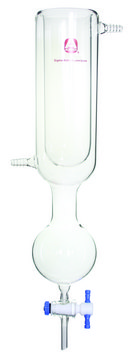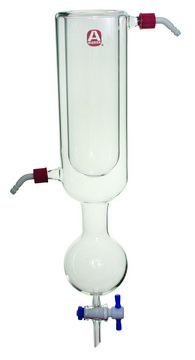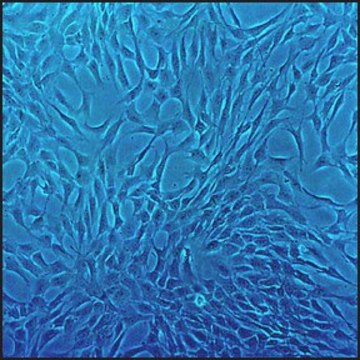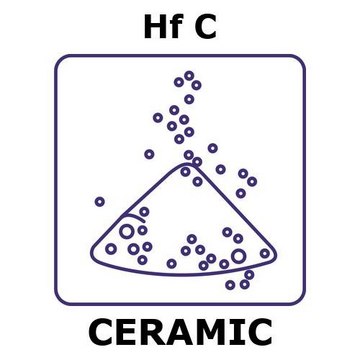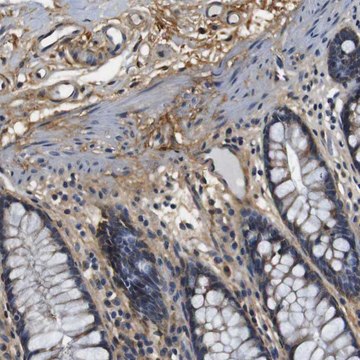AB5112
Anti-Parkin Antibody, a.a. 305-323
serum, Chemicon®
Sign Into View Organizational & Contract Pricing
All Photos(2)
Synonym(s):
Anti-AR-JP, Anti-LPRS2, Anti-PARK2, Anti-PDJ
UNSPSC Code:
12352203
eCl@ss:
32160702
NACRES:
NA.41
Recommended Products
biological source
rabbit
Quality Level
antibody form
serum
antibody product type
primary antibodies
clone
polyclonal
species reactivity
rat, human
manufacturer/tradename
Chemicon®
technique(s)
ELISA: suitable
immunohistochemistry: suitable
western blot: suitable
NCBI accession no.
UniProt accession no.
shipped in
dry ice
target post-translational modification
unmodified
Gene Information
human ... PARK2(5071)
Specificity
Parkin. Parkinson′s disease is a common neurodegenerative disease is caused by slow death of neurons in the substantial nigra, a brain region that utilizes the neurotransmitter dopamine. Parkin, a recently discovered gene encoding a large protein, may be involved in normal and abnormal protein degradation in cells. Recent evidence indicates that point mutations in the Parkin gene appear to be responsible for the pathogenesis of some forms of Parkinson′s disease.
Immunogen
A 19 amino acid peptide (RILGEEQYNRYQQYGAEEC) corresponding to amino acids 305-323 of the human parkin molecule. An internal peptide sequence was chosen to avoid the possibility of cross reactivity with ubiquitin.
Epitope: a.a. 305-323
Application
Detect Parkin using this Anti-Parkin Antibody, a.a. 305-323 validated for use in ELISA, WB, IH.
Immunohistochemistry: 1:1000 - 1:2000
One site ELISA
Western blot: 1:1000 - 1:2000 (recognizes a doublet at 44-52 kDa on blots of human brain)
The immunogen peptide is available (cat# AG237) for pre-absorbtion controls.
Optimal working dilutions must be determined by the end user.
One site ELISA
Western blot: 1:1000 - 1:2000 (recognizes a doublet at 44-52 kDa on blots of human brain)
The immunogen peptide is available (cat# AG237) for pre-absorbtion controls.
Optimal working dilutions must be determined by the end user.
Research Category
Neuroscience
Neuroscience
Research Sub Category
Neurodegenerative Diseases
Neurodegenerative Diseases
Physical form
Rabbit serum. Lyophilized. Reconstitute with 50 μL of sterile distilled water. Centrifuge to remove insoluble material. Contains no preservative.
Storage and Stability
Maintain lyophilized material at at -20°C to -70°C for up to 12 months after date of receipt. After reconstitution maintain at -20°C to -70°C in undiluted aliquots for up to 6 months. Avoid repeated freeze/thaw cycles. Glycerol (ACS grade or better) can be added (1:1) for greater stability.
Legal Information
CHEMICON is a registered trademark of Merck KGaA, Darmstadt, Germany
Disclaimer
Unless otherwise stated in our catalog or other company documentation accompanying the product(s), our products are intended for research use only and are not to be used for any other purpose, which includes but is not limited to, unauthorized commercial uses, in vitro diagnostic uses, ex vivo or in vivo therapeutic uses or any type of consumption or application to humans or animals.
WGK
WGK 1
Flash Point(F)
Not applicable
Flash Point(C)
Not applicable
Certificates of Analysis (COA)
Search for Certificates of Analysis (COA) by entering the products Lot/Batch Number. Lot and Batch Numbers can be found on a product’s label following the words ‘Lot’ or ‘Batch’.
Already Own This Product?
Find documentation for the products that you have recently purchased in the Document Library.
V D'Agata et al.
The European journal of neuroscience, 12(10), 3583-3588 (2000-10-13)
A mutation in the parkin gene has been identified as the cause for an autosomal recessively inherited form of early onset Parkinson's disease. We have recently isolated the mRNA coding for the rat homologue of parkin and showed its widespread
Nilotinib-induced autophagic changes increase endogenous parkin level and ubiquitination, leading to amyloid clearance.
Lonskaya, I; Hebron, ML; Desforges, NM; Schachter, JB; Moussa, CE
Journal of Molecular Medicine null
Irina Lonskaya et al.
EMBO molecular medicine, 5(8), 1247-1262 (2013-06-06)
Tyrosine kinase inhibitors (TKIs) are effective therapies for leukaemia. Alzheimer is a neurodegenerative disease characterized by accumulation of β-amyloid (plaques) and hyper-phosphorylated Tau (tangles). Here we show that AD animals have high levels of insoluble parkin and decreased parkin-Beclin-1 interaction
Paola Lenzi et al.
International journal of molecular sciences, 22(10) (2021-06-03)
Glioblastoma (GBM) cells feature mitochondrial alterations, which are documented and quantified in the present study, by using ultrastructural morphometry. Mitochondrial impairment, which roughly occurs in half of the organelles, is shown to be related to mTOR overexpression and autophagy suppression.
Yoshiko Furukawa et al.
Neuropathology : official journal of the Japanese Society of Neuropathology, 24(1), 38-45 (2004-04-08)
Nine cases of atypical Pick's disease without Pick bodies were investigated immunohistochemically. Ubiquitin (ub)-positive and tau-negative structures were mainly found in the cerebral cortex and hippocampal dentate gyrus. In the cerebral cortex, most of the ub-positive structures had ub-positive dendrites
Our team of scientists has experience in all areas of research including Life Science, Material Science, Chemical Synthesis, Chromatography, Analytical and many others.
Contact Technical Service

